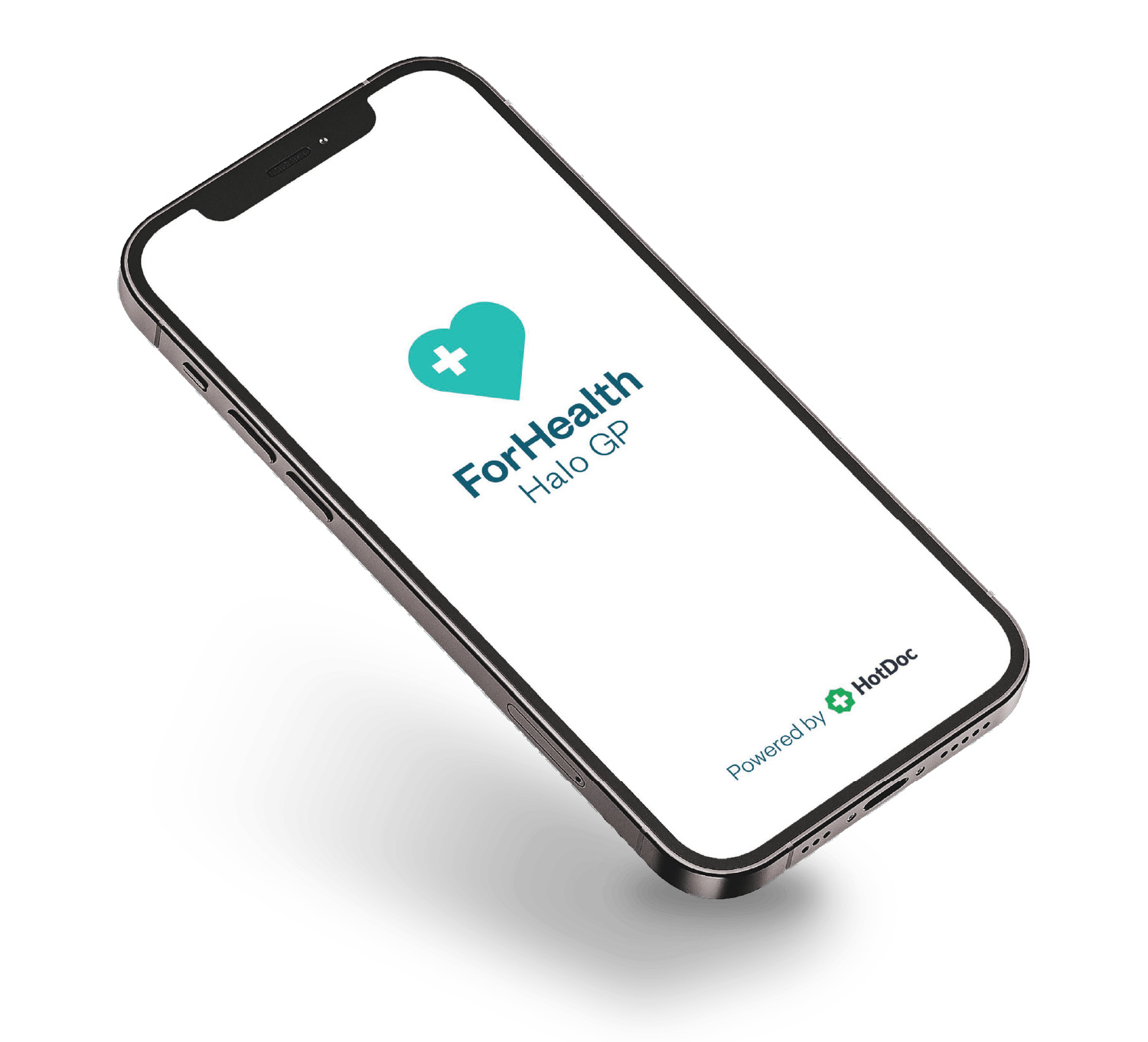Advice to rest and avoid pain is commonly provided to people with knee and other joint pains – advice that is often wrong, and harmful.
By Christian Barton
4 JUL – 4:43 PM
Many patients I see have been given bad advice that makes their pain worse, not better. Helen, a 60-year-old accountant is a perfect example.
My heart sunk as Helen told me her story a year ago. Two years earlier, she had fallen at work and fractured her knee cap. After two months in a splint, the knee cap had healed – great.
Helen attempted to start exercising again, but the knee still hurt. An MRI requested by a specialist, diagnosed Helen with knee osteoarthritis. Doctors and specialists told her painful exercise would damage her knee more – she needed to be careful. Within a couple of years Helen would need a joint replacement.
Helen now did very little physical activity, had gained 12kg, and was depressed. Before the injury, Helen would regularly paddle board, run, and box. She sat on the couch eating chocolate, fearful that her knee was becoming more damaged.
Inappropriate advice is common
Advice to rest and avoid pain is commonly provided to people with knee and other joint pains. This advice is often wrong, and harmful. Inactivity and rest makes pain and osteoarthritis worse, not better in the longer term. Our joints need movement and exercise to stimulate repair and keep them strong. There is undisputable evidence that staying active and regular participation in exercise is safe and will help improve pain, and a person’s quality of life. This is true for knee osteoarthritis, low back pain and almost any other painful conditions I regularly see as a physiotherapist.
Educating people with pain is essential
Educating Helen about the importance of exercise and dispelling common myths is a big challenge I often face. She needed to exercise to help her pain and the rest of her health and well-being.
Helen asked a common and important question – what about the pain, and associated damage? I explained to Helen that pain and damage reported on and MRI or X-Ray are poorly related. Pain is actually our brains response to a perceived threat, which motivates us to be protective. One of the biggest problems we see in people with long standing pain like Helen, is that factors unrelated to damage begin to drive and increase this perceived threat.
Modern neuroscience understanding of pain tells us pain is influenced by fear, anxiety, stress, changes in mood, and poor sleep. All of these factors were contributing to Helen’s pain. As a result, she had become over protective.
If someone is told their joint is damaged and ‘wearing out’ like Helen was, they begin worrying about exercising it. This then means simple movements like getting out of a chair and walking begin to hurt, even though there is very little stress on the joint, and certainly no damage occurring. But Helen had become completely disabled by fear, stopped exercising, and her condition had become much worse. We had to get her moving.
Helen is not alone
Osteoarthritis affects 2.2 million Australians. The condition costs our health system $2.1 billion per year, mostly due to surgical interventions, like joint replacement surgery. This surgery helps in the right person, but in most (2/3) cases, completion of an exercise program supervised by a physiotherapist will delay the need for joint replacement surgeries by at least two years. Some people will never need surgery if they stay active.
A big problem we have in Australia though is many people are told to rest when they have pain, not stay active. A large general practice database tells us less than 4 per cent of people with knee osteoarthritis seeking care are referred for support to help them exercise. They are more commonly encouraged to take pain killers, which do not help in the long term, or referred to a surgeon. Frequently, people then end up less active, become depressed, put on weight and increase their risk of other chronic diseases like heart disease and diabetes. Exercise and regular physical activity is essential for osteoarthritis, and also the key to treating these conditions.
Where is Helen now?
I talked to Helen two weeks ago, about a year on from when I first saw her. That morning she had completed leg strengthening exercises, jumping and hopping exercises, and a 1.5km run. Her journey had not been easy.
Following our first long discussion about pain and exercise, she started with some exercises at home, and then completed a 6 week supervised group exercise program with a physiotherapist. With improved confidence, she joined a gym and started to regain her life. She had been exercising at least two-three times per week since this time. One of the things she was enjoying most was playing one on one basketball against her son again. Her smile as she told me this was incredibly uplifting and why I love what I do.
Christian is a postdoctoral research fellow at the La Trobe Sport and Exercise Medicine Research Centre, and holds a position at St Vincent’s Hospital Department of Surgery, University of Melbourne.





 Book online
Book online